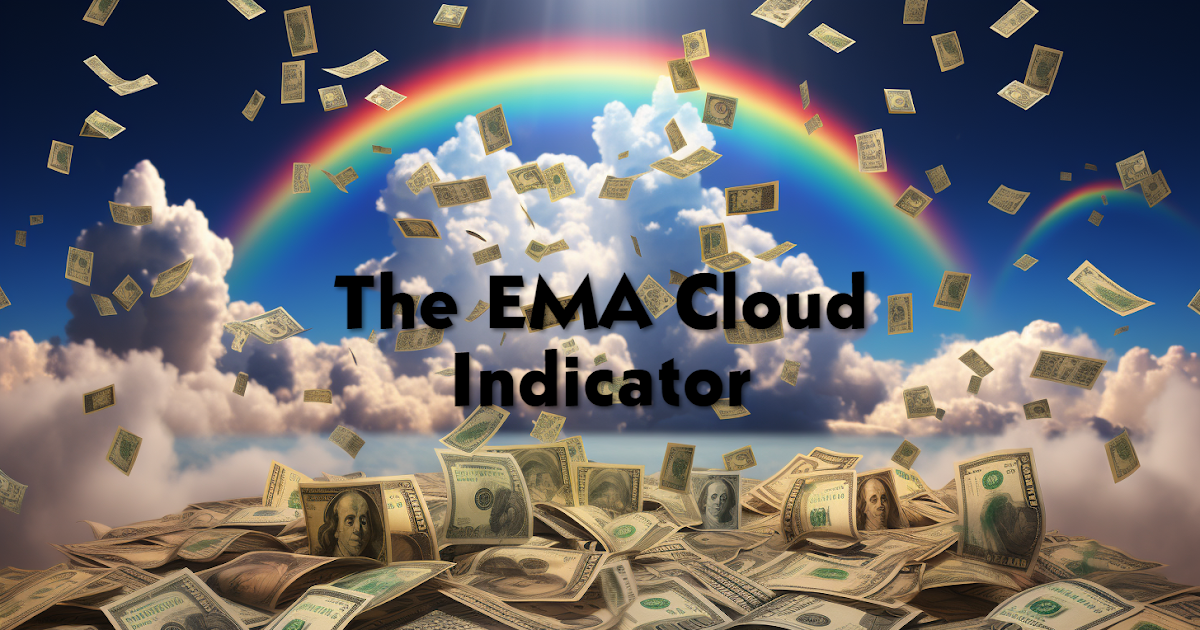How to pick a safe strike for your CC at this low level of the SP:
Start of the decline: 315
End of the decline: 175
Wave 1 of the new rally / bounce typically doesn't exceed 0.382 retracement of the decline. Top of wave 1 most likely will be at or below 230.
Wave 2 will ALWAYS retrace at least 50% of wave 1.
Start of wave 1: 175
End of wave 1: 230 MAX
Minimum retracement of wave 1, assuming it reaches max potential: 202.5
Therefore, at this point if you sell a CC for 11/18 higher than 202.5, you'll be safe.
Yes, TSLA can and will most likely go above 202.5
However, at some point it will retrace back to 202.5 or below before going higher. The only risk is TSLA reaches 230, retraces back to 202.5 and shoot higher within the same week. If that happens, you have to make quick decision to roll your CC out. Picking a CC 3-4 strike above gives you more flexibility, hence I picked 215 & 210.
What you don't want to do is stand in between TSLA and its wave 3. When a double bullish divergence can be observed on a 1h+ timeframe at the end of wave 2, you know TSLA is ready to go higher and the limit for wave 3 is a lot higher than wave 1.
See chart. Note that 230 is the theoretical max for me. I'm not guaranteeing TSLA will hit 230 for wave 1.
View attachment 873842




